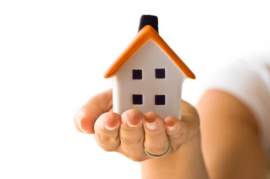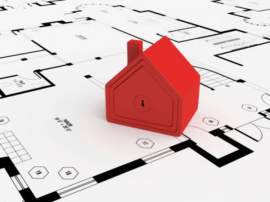
What are the Encumbrances Building Codes

Mainly, building codes related to the overall safety of a building/non-building structure, and the objects in and around it. They can range from an object demoting the safety of a passageway in a public building, to an added wing of a house that violates the building codes set by the town.
The items included in building codes for specification encompass certain things such as fire codes, lighting and safety codes, mandates for structural safety against forces of nature, and even structures surrounding the buildings. The fire codes are commonly regulated by the local fire department in regards to the building size and structural makeup. For instance, in an office building of 3 floors, the Fire Marshall will set a limit of occupants that can be inside at a certain time. This can include employees, clients, visitors, etc.. and having surpassed the limit and getting caught can result in a fine in direct violation of that specific code.
The fire codes can also relate to obstructions in hallways and stairways that could prevent people from safely and quickly exiting the building in the event of a fire. Also, they can implement a regulation stating how many fire extinguishers, hoses, and smoke detectors must be placed in the building. This is to guarantee quick access to any of these countermeasures, and also to have the detectors pick up smoke in every possible area before its too late. Concrete or brick walls in these office buildings must also be 'fire-stopped' (such walls are created when holes are drilled to run wiring or plumbing pipes) in almost every town, city, or state.
This refers to the overall makeup of that wall and its fire retardation value. The area around these pipes or wires must be sealed using a fire-stop sealant, usually red in color, to promote the ability of the wall to prevent fire from traveling through the holes that were drilled. This reinforces the wall to its fire retardation capabilities, prior to the risk that the hole created.
In certain locations, natural disasters are hard to avoid, therefore the houses or buildings are constructed, must meet the required building codes of that area to withstand such events. Such weather events can be hurricanes, earthquakes, or tornadoes which can destroy a structure. In Florida, cities on the coast line usually have building codes that require the homeowners to install hurricane safe windows and or shutters.
These can prevent the destructive winds of a hurricane from shattering windows, and weakening the structure of a house-making it more vulnerable to being destroyed. In California, where earthquakes are commonplace, new buildings have to install seismic safety structures underground to protect the building. These reinforced foundations allow the building to become resilient and rubber-like in movement during earthquakes, rather than breaking apart and collapsing.
Overall, building codes protect the people that are inside, outside, and around the building by every means possible. Furthermore, there are many more building codes, which refer to building use, traffic around the structure, and proper functionality of it.
NEXT: What is an Encumbrance?





















